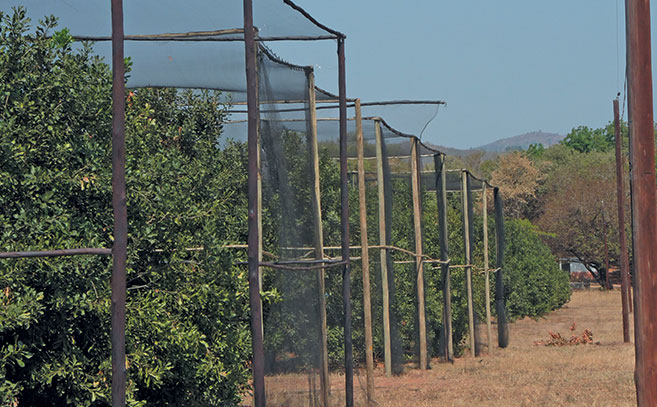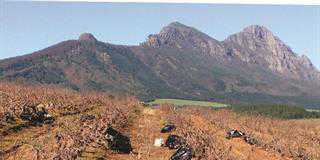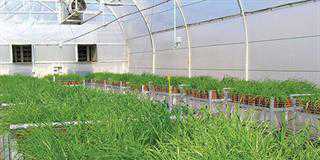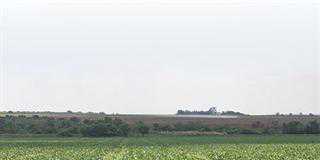
Photo: Merlin Tuttle
Stinkbugs are a major challenge for the South African macadamia industry. According to Prof Peter Taylor of the South African Research Chairs Initiative (SARChI), the damage caused by stinkbugs to macadamia orchards in the country is estimated to be between R50 million and R100 million per year.
But recent research findings show that natural pest control using bats could save the South African macadamia nut industry millions of rands.
Green Farms Nut Company (GFNC), four GFNC suppliers, the SA Macadamia Growers’ Association, SARChI and the University of Venda have set up a collaborative research project using bats and birds to control pests. The research is taking place on six farms in the Levubu, Thoyandou and Louis Trichardt areas.
Taylor is managing the two-season project, and results from the first year, which cover the 2016 and 2017 macadamia growing seasons, provide clear evidence that crop damage is increased when bats and birds are excluded from orchards.
Taylor explains that economic models of the ‘avoided costs’ of bat predation on stinkbugs on and around macadamia nut trees suggest that the current level of stinkbug damage would double if bat populations in orchards were to disappear.
Any efforts to retain bat populations, through using safe pesticides or retaining natural vegetation corridors and bat houses, should therefore be strongly encouraged, he stresses.
According to GFNC growers’ liaison officer, Graeme Whyte, between 60% and 80% of the damage to kernels delivered for processing is due to stinkbug infestation, which has a severe knock-on effect on farmers’ profits.
“The unsound kernels can be converted into macadamia oil, but the margin for farmers is far lower. Either way, there’s no sensible reason to incur preventable damage. There’s also a cost to the farmer related to the need to sort and eliminate unsound kernels in the factory.
If stinkbugs attack the kernels early in the season, the nut carries a dark brown mark that optical sorters can pick up automatically. Later in the season, however, the mark on the kernel is very pale. Sorting then has to be done manually, which adds cost to the production process.”
Additionally, the higher the percentage of sound nuts delivered, the faster they can be cracked. For example, one of the GFNC factories can crack up to 70t of sound kernels a day, but this drops to 20t/day when there is a high percentage of unsound kernels.
“And, when factories are less productive, they’re able to take on new supply at a slower rate. So, farmers can’t bring their product in as quickly as they would like. The ultimate flow of product to market is slowed down, impacting sales and, therefore, farmers’ profits.”
Controlled field trials
University of Venda researchers, Valerie Linden and Sina Weier, have set up 48 cages around trees on the six farms. One set of cages keeps birds and bats from feeding on the insects on and around the trees. A second set gives both bats and birds access to insects day and night.
A third set is closed in the evenings to exclude bats and nocturnal birds. Finally, a fourth set is closed during the day to exclude diurnal birds.
The nuts from the caged trees are then sampled to determine the specific percentage of pest damage under these controlled conditions.
Linden and Weier trained at the GFNC sampling facility at its Levubu factory to enable them to identify the specific types of damage caused by the various insects.
Weier is also focusing on the project orchards’ bats and birds’ feeding patterns, using their droppings to establish which insects they feed on. Using this information, farmers will be able to provide the appropriate environment to encourage specific bird and bat species to develop colonies around their orchards.
“Since the start of the study, we’ve established that certain bat species feed on the stinkbugs. The bats catch the insects in the air and take them off the leaves of the trees,” says Linden.
“Various species of birds have the same habits. Based on this behaviour, and the kernel damage patterns, we’ve seen this season, it’s clear that the bats and birds make a definite contribution to reducing crop damage. Where bats and birds were excluded from the trees, kernel quality dropped.”
The researchers expect that encouraging the presence of bats and birds will reduce the need for farmers to spray their trees, cutting their production costs. There will also be less kernel damage and hence more exports.
“Taken together, the savings on costs and the ability to market more of their crop will make their operations significantly more sustainable,” says Linden.
Email Prof Peter Taylor at the University of Venda at [email protected] or phone him on 083 792 4810.













